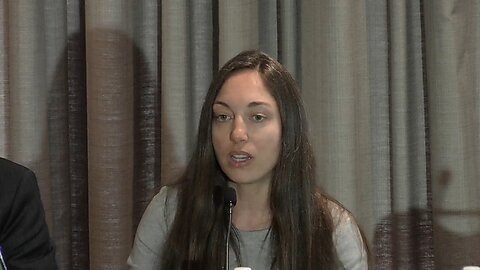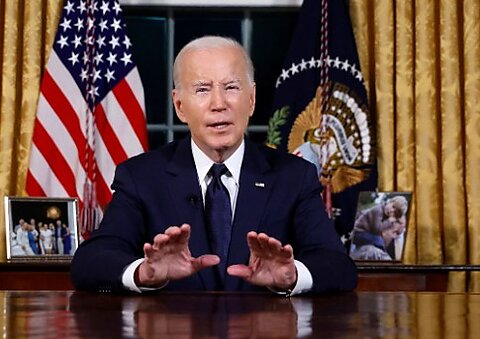Between its proposal to restrict overdraft fees and nonsufficient fund (NSF) fees, the Consumer Financial Protection Bureau (CFPB) has created a mess.
When I testified before Congress, I warned that establishing price controls would likely lead to two outcomes: shortages of the restricted service and higher costs elsewhere. Still, the CFPB pressed ahead with its proposal to restrict overdraft fees to a soon‐to‐be‐determined “benchmark fee.”
Yet that is not to say that the CFPB does not recognize the consequences I warned about. In fact, in a separate proposal to restrict NSF fees, the CFPB admits that restricting overdraft fees may lead financial institutions to raise fees elsewhere:
[If] the Overdraft Proposed Rule is finalized and reduces overdraft fee revenue for covered financial institutions, it may lead some institutions to consider imposing new fees. Increasing the prevalence of NSF fees on covered transactions could be one way that covered financial institutions respond, while market forces could lead even non‐covered financial institutions to begin charging NSF fees on covered transactions.
Were it not for that, it seems unlikely that the regulator would have ever sought to restrict NSF fees given they are so uncommon. For example, the CFPB repeatedly stated that “many financial institutions in recent years have stopped charging NSF fees,” “NSF fees are rarely charged,” and the “CFPB understands that it is currently uncommon for financial institutions to charge NSF fees on covered transactions.” In other words, this proposal is a preemptive prohibition based on the expected, extended consequences of the CFPB’s other price controls.
Rather than begin a never‐ending game of “regulatory whac‐a‐mole,” the CFPB (and the Biden administration) should drop its price controls.
Are you interested in learning more about price controls? Ryan Bourne’s latest book, The War on Prices, is available for pre‐order here and will be released on May 14, 2024.









